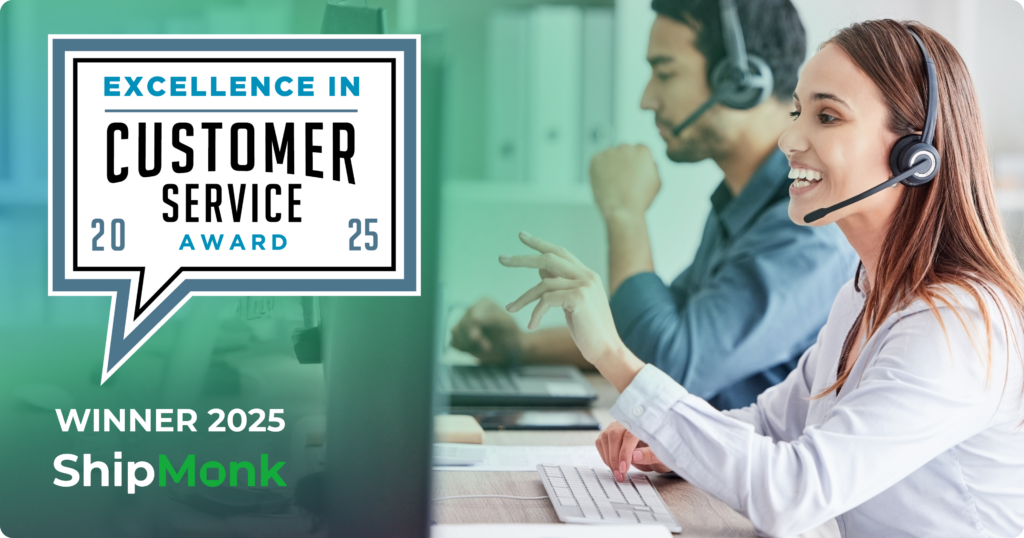Amazon is the 13th largest company in the world, and almost everyone has something to say about that. This is especially true for online business owners, whose relationships with the company can range from mutually beneficial to just a little tense. Love it or hate it, Amazon is here to stay.
Here’s our proposition: Instead of working against Amazon, why not use it to boost your business? We’re here to tell you that’s entirely possible and something that can be done while keeping your costs down.
Use Multiple Sales Channels
You know what they say about multiple eggs in one basket… that it’s probably Easter. Wait, no… it’s that you shouldn’t do that! Right.
Listen, we get that it’s convenient to stay committed to a single sales channel, but multiple venues can actually increase your agility and, in turn, your bottom line. While not super common, it’s not unrealistic to consider that your seller account on Amazon could be shut down at any time and for any reason. Besides the enormous weight that puts on your business, it could be quite difficult to build it from the ground up again if anything were to happen.
Instead, we recommend thinking of Amazon as a way to further propagate your products and, perhaps, reach a different or wider audience.
Run the Numbers
Math! Ya just can’t escape it. Before making any important business decision, including selling your products on Amazon, you’ve got to justify it first.
Since we’re talking about Amazon, here’s an overview of all the costs you might incur:
- Amazon Merchant Account fee (monthly)
- FBA (Fulfilled by Amazon) Prep Service
- Fulfillment services
- Inventory storage (monthly)
- Long-term storage (for inventory that’s sitting for longer than 6 months)
- Seller fee
- Labeling
- Returns processing
- Stock removal
Of course, that’s just an overview. To get the nitty-gritty details of your pricing, be sure to head over to Amazon’s official pricing page.
Kit Before You Ship
You’ve got to worry about kitting too? No kidding! If you’re not familiar with kitting, it’s basically the process of bundling products together and selling them as a single item… as a kit, if you will! Anyway, kitting is just one of Amazon’s many requirements when it comes to them receiving your inventory. Essentially, all your inventory must be labeled and prepped before reaching their warehouse. Failure to meet Amazon’s receiving requirements can lead to extra fees to the tune of $1.99 per item.
Choose the Right Products
Sounds simple, right? Well, the process of finding the right products to sell online is a deceptively simple one. A tentative response is this: Sell something that is relatively unique and reasonably profitable. Bonus points if you’re interested in what you’re selling.
There’s no denying that most markets are very saturated. Take apparel, for example. There’s enough athleisure to last generations to come, but most stores that sell athleisure don’t reach mammoth levels of success, no matter how in-demand or trendy it is. Why’s that? Well, there’s usually not enough distinction from one company to the next to make them truly stand out. Creating a brand is no easy feat, but it certainly is possible with the right team, the right business plan, and maybe just a little bit of luck.
We recommend doing plenty of research before launching your product. Take a look at how your competitors are doing and see if there is anything that can be improved or built upon. If there is a dominant presence in your chosen market and you don’t think you could do better, perhaps it’s time to reconsider your direction.
When it comes to selling on Amazon, choosing the wrong problem comes with a tangible cost. If your items are large, heavy, and/or difficult to ship, you’ll find yourself incurring some extra fees. Similarly, inventory that sits on Amazon’s shelves for more than six months will also hurt your wallet. If you’re committed to using FBA, stick with your most popular products, as well as products that are best suited for Amazon’s fulfillment practices.
Automate or Bust
Do you love slaving away at endless Excel spreadsheets, constantly updating information that should’ve been synced automatically? Of course you don’t! That’s why you have to make sure your current system integrates with FBA — that way, you can keep track of your inventory and customers. If you currently have a low order volume, this may not be much of a priority, but, if you’re committed to scaling your business, automation is non-negotiable. A lack of automation not only takes your time, it can also take your money and resources if you’re not careful.
Consult a Fulfillment Expert
If all of this sounds like a lot to look out for, you might want to consider knocking on a 3PL’s door. They’ll be able to handle everything from warehousing to prepping inventory to software integration. The cherry on top is that they’re batting for your team, which means they have a vested interest in making sure everything runs as smoothly as possible.
If you’re still on the fence, don’t be afraid to reach out with your questions! Our fulfillment experts are here to help you by clearing up your doubts and determining whether outsourcing is the right choice for you and your business. Just shoot us an email to get started!





